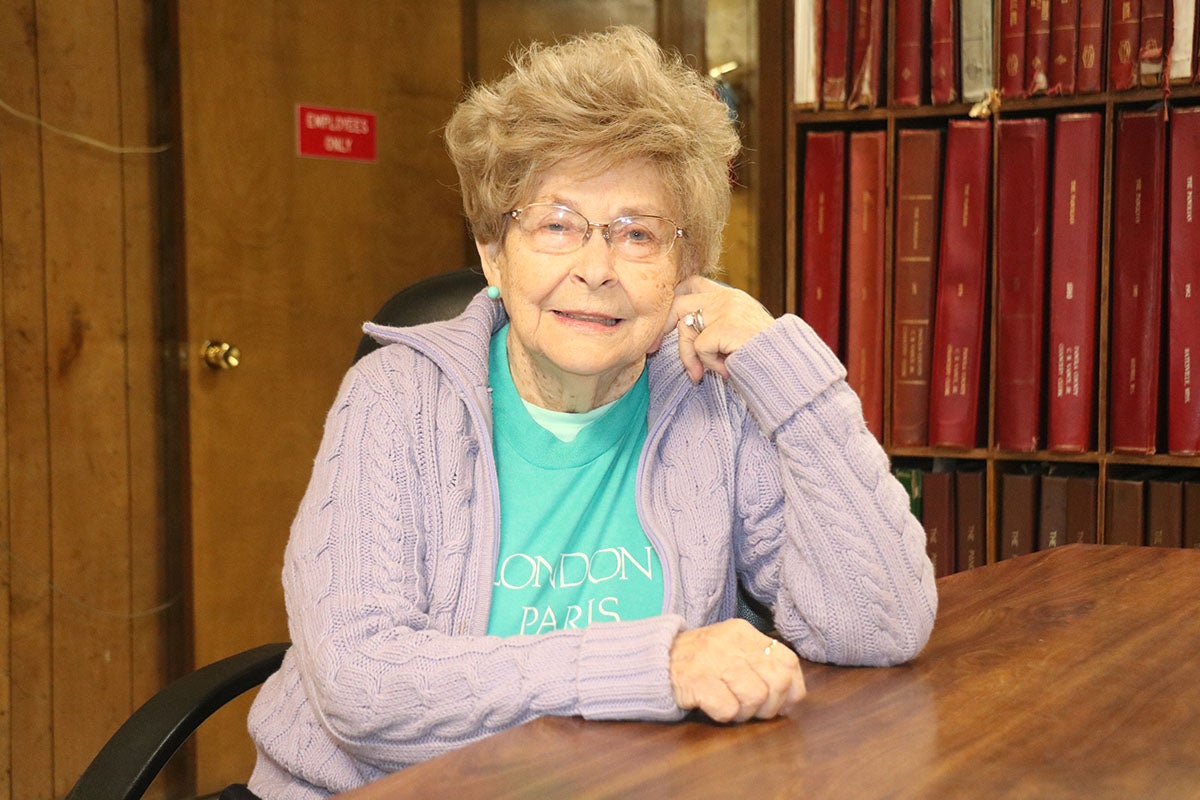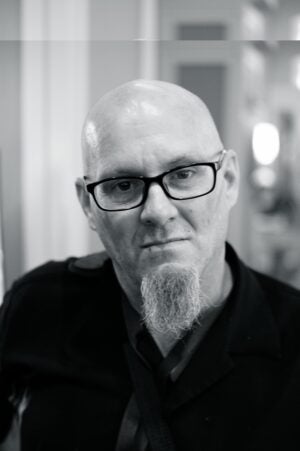Panolian editorial 12/14/12
Published 12:00 am Friday, December 14, 2012
For the last couple of years at meetings of Batesville’s mayor and aldermen, wastewater treatment plant superintendent David Karr has been telling the city’s elected officials to prepare for a major construction project to upgrade its sewage treatment capabilities.
It’s coming, Karr has told them, as part of the permitting process that will allow the city’s treatment plant to continue to discharge its treated wastewater into the Tallahatchie River. And it’s going to be costly — $10 to $20 million, Karr told city officials in January.
Como’s got problems
Also during the last couple of years, Como’s elected officials have been postponing repair of machinery at the town’s sewage lagoon. They were again reminded at Tuesday’s meeting of the town’s mayor and aldermen: Repair expenditures of $80,000 to $100,000 will be needed to bring the treatment system into compliance with Mississippi Department of Environmental Quality (MDEQ) discharge requirements.
Sardis has problems
And now Sardis has encountered problems with its lagoon levee, requesting help from the Panola County Board of Supervisors with the dirt work needed to shore up the levees that are under MDEQ scrutiny as a threat to river water quality.
How about a three-way conversation?
Does anybody see the need for representatives from the three municipalities to sit down and have a conversation about a common problem?
Karr has broached the idea briefly during his remarks to the Batesville mayor and aldermen, noting that on Mississippi’s Gulf Coast, a sewer treatment district has been created to deal with wastewater discharges from several municipalities.
Utility district solution?
The idea of a sewage treatment utility district is not even new to this area. In the 2000s, when Mississippi economic development officials were attempting to attract a Toyota manufacturing facility to the Como site at I-55 and 310, there was discussion of how to handle the volume of wastewater that would be discharged if it was built. A solution discussed then was to build a pipeline to carry the wastewater from Como for treatment in the Batesville plant.
MDEQ input needed
The mayors and boards of aldermen in each municipality need to have a discussion with MDEQ officials. In Como and in Sardis, they need to ask MDEQ what type of sewage treatment will be realistically expected of those towns for the next two decades.
In Batesville, the mayor and aldermen need first to decide of they would be willing to enter into a wastewater treatment utility district with other municipalities whose effluent would be piped to the Batesville plant for treatment.
The obvious incentive for the elected officials in each municipality would be lowering the cost to taxpayers by spreading the cost of construction and operation among more customers.
Piecemeal approach
What is happening now is that Como will likely seek a grant to address its present sewage treatment problems. Sardis has sought help from supervisors and will probably also apply for a grant to pay for repairs to keep its sewage treatment capacity within MDEQ compliance. Batesville will likewise seek grants and loans to finance the required rebuilding of its sewage treatment plant.
But before these three Panola municipalities continue their present plans and reactions, elected officials representing each of them should sit down together and see if there is a common solution that might be better than the current piecemeal approach.
Karr’s input vital
That conversation also needs to include Karr. The treatment plant that Karr and his staff operate has been recognized at the state and regional levels for its efficiency of operation and for safety. Beyond that, Karr has not only an understanding of the what and why of pending federal water quality guidelines, he has an understanding of grant applications and management.
Have the conversation
What is important is to have the conversation. It may lead the mayors and aldermen to the decision that each municipality is better off going its own way, but they won’t be sure unless they at least sit down and talk about it.
Or it may lead the mayors and aldermen to decide that a common solution might work best for the citizens of all three towns.
There’s another benefit that representatives of the three towns entering a conversation to determine whether a common solution might exist for a common problem. That benefit is called leadership, real leadership.





